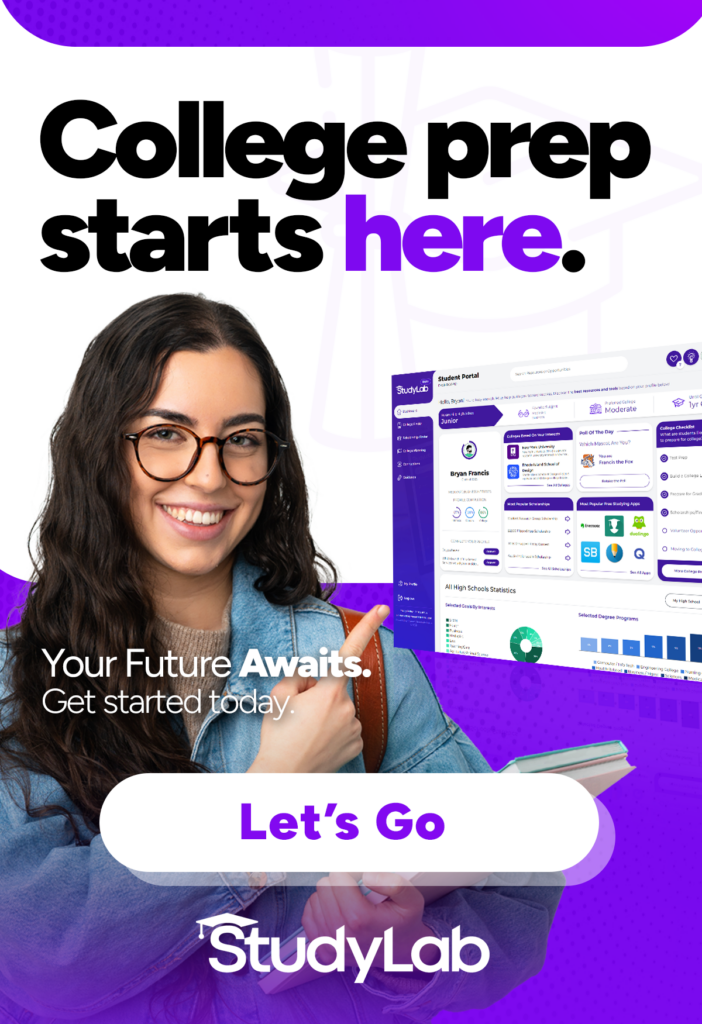A high school teacher recently told a group of fellow educators, “Some of my students are much more aware of what is going on in the world than other students are. I’ve been assuming the best-informed students are those who have better access to the Internet at home, but is that really the case?”
That may well be true, yet “The New Public Square: The Digital Habits of U.S. High School Students,” a recent research study conducted by the Student Research Foundation, has determined that while home access to the Internet is important, additional factors determine which students become well-informed and which do not.
The Internet Offers the Path to Global Awareness for Most Students Today
In decades past, televised news programs served as the primary source of news. Today, that has changed. The study found that the Internet is now the primary source of news for the majority of our students.
Furthermore, nearly 4 out of 10 students credit the Internet with raising their awareness of global issues. Overall, Asian-American students are most likely to hold that view.
The “Digital Divide” Is Changing
The New Public Square study found that only about one in seven American high school students cannot access the internet at home. Perhaps that is because more students are carrying smartphones, and that smartphones are rapidly replacing computers as the most popular way to go online. According to data collected by Statista.com, 63.4% of all people who own cellular phones use them to access the Internet today. As recently as 2014, only 48.8% of cellular users did so.
Yet the Digital Divide Continues to Affect Different Groups in Different Ways
The New Public Square study found that:
- 90% of Asian-American students have access to the Internet at home, compared to
- 88% of White students
- 85% of African-American students
- 84% of Hispanic students
And Students from Different Backgrounds Consume Online News in Different Ways
- 70% of Asian-American students say they get most of their news from the Internet, compared to
- 61% of White students
- 61% of African-American students
- 58% of Hispanic students
What Are Teachers to Do?
If you are a teacher who discusses the news in your classroom, how can you level the playing field and help assure that certain students are not left out of the discussion because they are not accessing sources of news online? Or conversely, how can you help assure that students who are active consumers of online news do not dominate classroom discussions?
Some strategies include:
- Allow in-classroom online time for students to read about topics and events before you discuss them as a group.
- When certain students bring up news stories or articles that they have read online, have them share those resources with their classmates before discussing them as a group.
- Encourage students to be critical thinkers about the news sources they use, by asking questions like “Do you think this is a good source of objective reporting about the story it is covering” and, “What other sources can we find of coverage of the same issues and events?”
- If certain of your students do not have ample or convenient access to the Internet in their homes, try to modify your homework and work assignments accordingly. One simple solution can be to send students home with print-outs of news articles instead of requiring them to search for those same articles online.
To Learn More about College & Career Preparedness
We invite all students to explore their college & career options by participating in our career and college research studies. Students who complete the free career test for high school students will receive information on college and career opportunities which match their interests.
Download the full infographic with the results from The New Public Square: The Digital Habits of U.S. High School Students below.
Related Posts
How Are Gen Z High School Students Thinking About Careers Today?
The Importance of Career Knowledge
What Influences Student Career Choices?
Talk to Your High School Students about Completing College


